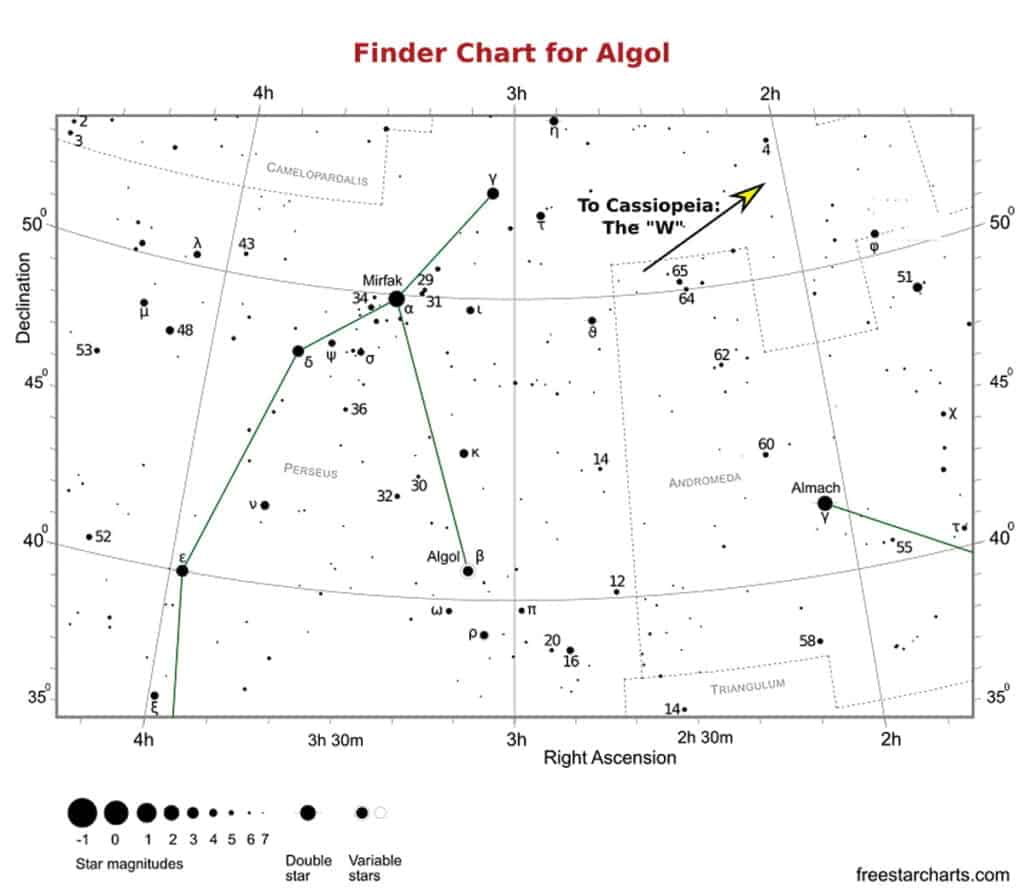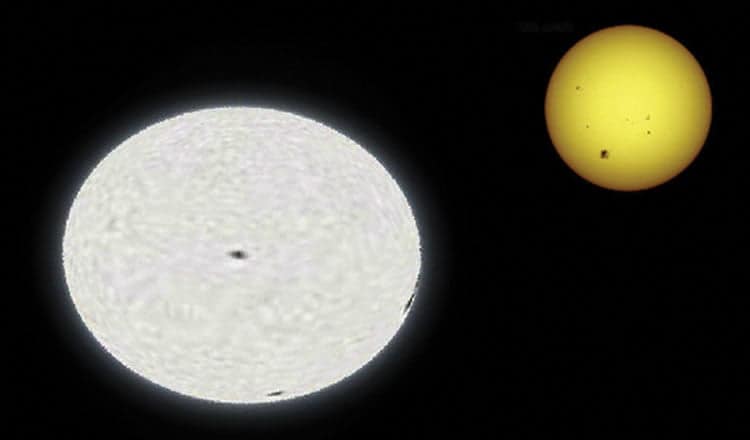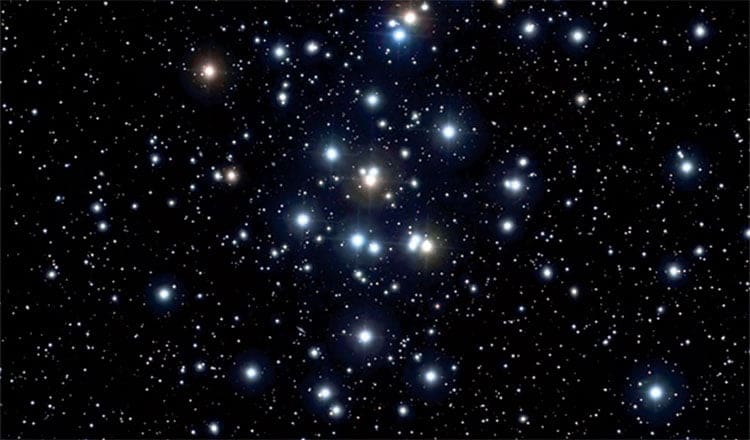The sheer darkness of our Yukon winter sky is studded with many awe inspiring wonders. Some obvious and dazzling, such as the naked eye “stellar nursery” that is the Orion nebula, or the glittering pocket of jewels of the Pleiades open star cluster.
Some however, every bit as intriguing and wondrous as their more flamboyant neighbours, require a more keen and inquisitive eye. A prime example of such a creature in our northern sky is a prominent bright star that, with amazing precision, dramatically dims by a factor of more than three for about an hour, before returning to its normal brightness. A flirtatious cosmic wink from the distant realms of deep space perhaps?
Well, perhaps not, but it is most certainly an intriguing astronomical object. It is in fact, Algol, the best known of all variable stars for northern observers. Algol, residing in the constellation Perseus, is an eclipsing binary–two stars that are in orbit around a common center, with the plane of their orbit almost exactly in our line of sight. The two stars are too far away to be seen individually, so when they eclipse, the single point of light we see becomes the light of only one of the stars. Thus the dramatic dimming (or flirtatious wink, if you prefer).
The conspicuous dimming of Algol has been noted by stargazers all the way back to the Egyptians, more than 3,000 years ago. And because we feared oddities in nature that we couldn’t understand back in those uncertain times, Algol got a bit of a bum-rap, and was considered an omen of unlucky days and such. Poor Algol became known as the Demon Star.
However, with the advent of science, we can exonerate the character of Algol with a better understanding of its true nature. For example, we know the brief period (the time from one dimming to the next) of this eclipsing binary happens precisely every 2.867328 days (I told you it was with precision), or every 2 days, 20 hours and 49 minutes is certainly close enough. The briefness of this period is because the two stars are very close to each other. Earth is one astronomical unit (AU) from the Sun, or 150 million kilometers (km). The two stars of Algol are only .062 AU, or just over 9 million km from each other. Considering the combined diameters of the two stars are almost 9 million km gives perspective on just how close these stars really are.
The luminosities (brightness) of the two stars are radically different. When the brighter, or primary star, with 182 times the luminosity of our Sun, eclipses the dimmer secondary star, the dimming is hardly even noticeable (think a lighthouse eclipsing a flashlight). But when the secondary star, with a luminosity of less than 7 times that of our Sun, blocks the light of the incredibly bright primary, the dimming is dramatic (the flashlight eclipses the lighthouse). Very obvious to the unaided eye.
If you don’t already have sky charts, then print off this month’s sky chart from Skymaps.com, and use it to locate the constellation Perseus in the sky. A good starting point may be from a more obvious constellation such as Cassiopeia, the “W” shape embedded in the Milky way band, and work your way from there. Once you’ve found Perseus and Algol is in your sites, then refer to the chart here. Find the star Almach, to the right of Algol, in Andromeda. Notice that Algol and Almach are roughly equivalent in brightness. Its a good idea to get used to finding these two stars each time you’re out. Once you’re familiar with them, it will be easy to catch Algol during its eclipse (or minima, as it is referred to in charts), and, with the brightness of Almach holding steady, the dimming of Algol will be impressive.
The chart for upcoming minima of Algol are in Yukon time. I’ve only listed the ones that occur during our night sky hours. The peak of the dimming lasts about 30 minutes either side of the time for minima, but the dimming will be noticeable for a few hours. The reward will be greater if you start looking well before minima to see if Algol is beginning to dim. And if you are patient and persistent, I guarantee, Algol–that little demon–will cast you a flirtatious wink.

In the realm of the globulars – Ancient companions of the Milky Way




